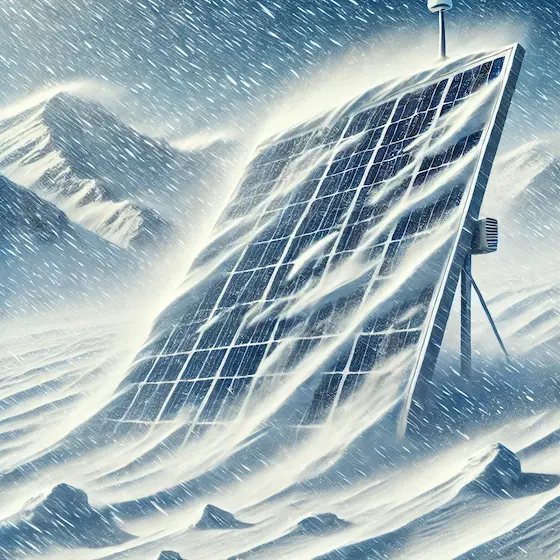Electricity consumption is rising substantially, winter supply relies on gas power plants, imports and moderate expansion of renewables
Electrification challenge
Electrification places ever-growing demands on the power system
Not winter supply without imports
A certain dependency from neighbor countries is sensible for full winter supply
Peak-shaving for PV surpluses
In addition to storage, peak shaving may be necessary in summer with PV surpluses
Gas power plants against winter gap
Climate-neutral generation from gas requires certificates, carbon-capture-and-storage or renewables gases
Energy Mix Winter
Production
Demand
Production
2025
Total generation 32.6 TWh
2050
Total generation 43.4 TWh
Demand
2025
Total demand 36.8 TWh
2050
Total demand 51.3 TWh
2050 Winter
Transition Winter
The energy mix as we transition to 2050
Demand
Import
Import atget exceeded
PV
Wind
Hydro
Biomass
Gas
Nuclear
Fossil
2025 Winter
TWh
Demand
36.8
Generation
32.7
Deficit
--
Import 4.3
Import
4.3
Import atget exceeded
--
Generation
32.7
Storage reserve used
--
PV 2.9
PV Roof
2.7
PV Alpine
0.1
PV Ground
--
Wind
0.1
Hydro 15.1
Run-of-River
6.3
Storage
8.8
Biomass 1.1
Biomass
1.1
CCS Biomass
--
Gas 0.3
Market-Gas
0.3
Reserve gas power plants
--
Geothermal
--
Nuclear 12.2
Nuclear
12.2
New nuclear
--
Fossil 1
Existing fossil fuel power plants
1
CCS Fossil Fuels
--
Hard coal
--
Challenges
Import target exceeded
The energy law sets a non-binding 5 TWh import target, which will be exceeded in 2027 - 2050.
Substantial increase in demand
Total energy consumption is decreasing thanks to electrification and increased efficiency, but this leads to a substantially higher electricity demand
Agreement with EU
Electricity trade with neighboring countries thanks to an electricity agreements with EU makes the system more resilient and secure
Surpluses in summer
More flexibility such as storage in the system is needed to make sensible use of summer surpluses
Gas power plants against winter gap
Gas power plants must be used as a supplement in winter, with a preference for climate-neutral operation
How Resilient Is This Scenario? Put It to the Test!
The scenario above assumes normal weather and stable energy imports, but what happens when extreme conditions hit? A harsh winter or import limitations from the EU could impact production, increase demand, and even lead to power shortages. Stress-test your scenario under these challenging conditions and see how it holds up in the face of real-world uncertainties.

Costs
Total Costs, Revenues and Subsidies in CHF until 2050.
Total production costs
254 billion
Accumulated until 2050
Revenues
214 billion
Assuming an average power price of 75 CHF/MWn
Subsidies required
38 billion
Remaining costs not covered by revenues
Average cost
9.1 billion / year
The annual average of the total cost, 9.1 bn CHF per year, is less than 2% of the (estimated) Swiss GDP in 2024 (825 bn. CHF).
Levelized cost
We use Levelized costs of electricity (LCOE). Future costs may rise as cheaper plants are replaced. High demand and costly technologies like rooftop PV can further increase costs. See Expert Mode for details on technology costs.
2020s
2030s
2040s
Levelized cost (LCOE) ⌀ CHF/MWh
About the scenario developer

VSE (Swiss Association of Electricity Companies)
The Swiss Association of Electricity Companies (VSE) represents the interests of Switzerland’s energy utilities. It promotes a secure, competitive, and sustainable energy supply and advocates for policies that support the transition to renewable energy.
Want to know more about this scenario?
Explore detailed energy data, customize generation parameters, and create your own energy
scenario with the expert mode
Show in expert mode We want your feedback!
We’re excited to be taking Power Switcher in a new direction and would love your feedback! Let us know what’s working and where we can improve, every suggestion helps us make the tool better for you.
Share feedback Got questions about the Power Switcher or the Scenarios?
Contact us on [email protected]
Contact us on [email protected]
Methodology reviewed by ETH Zürich